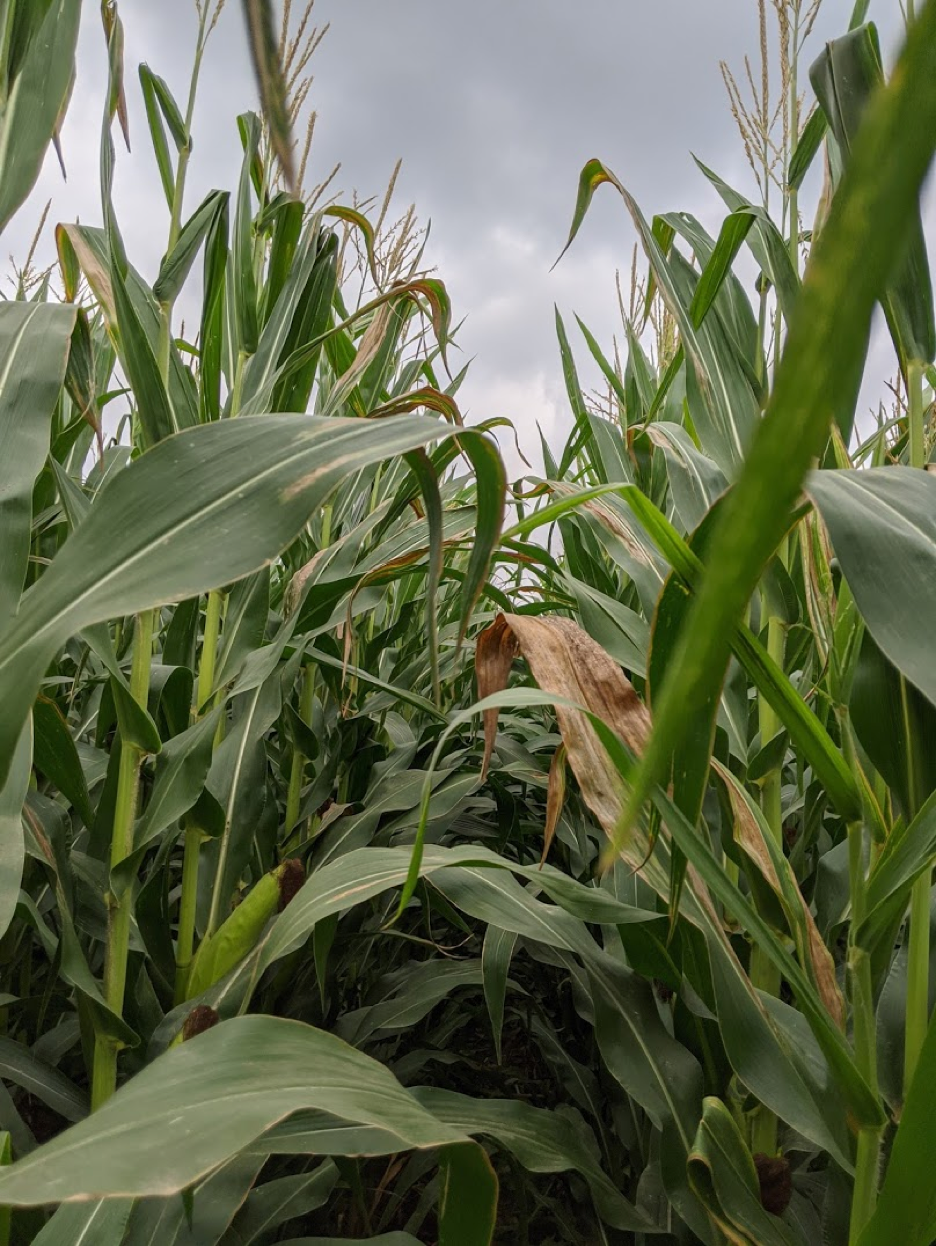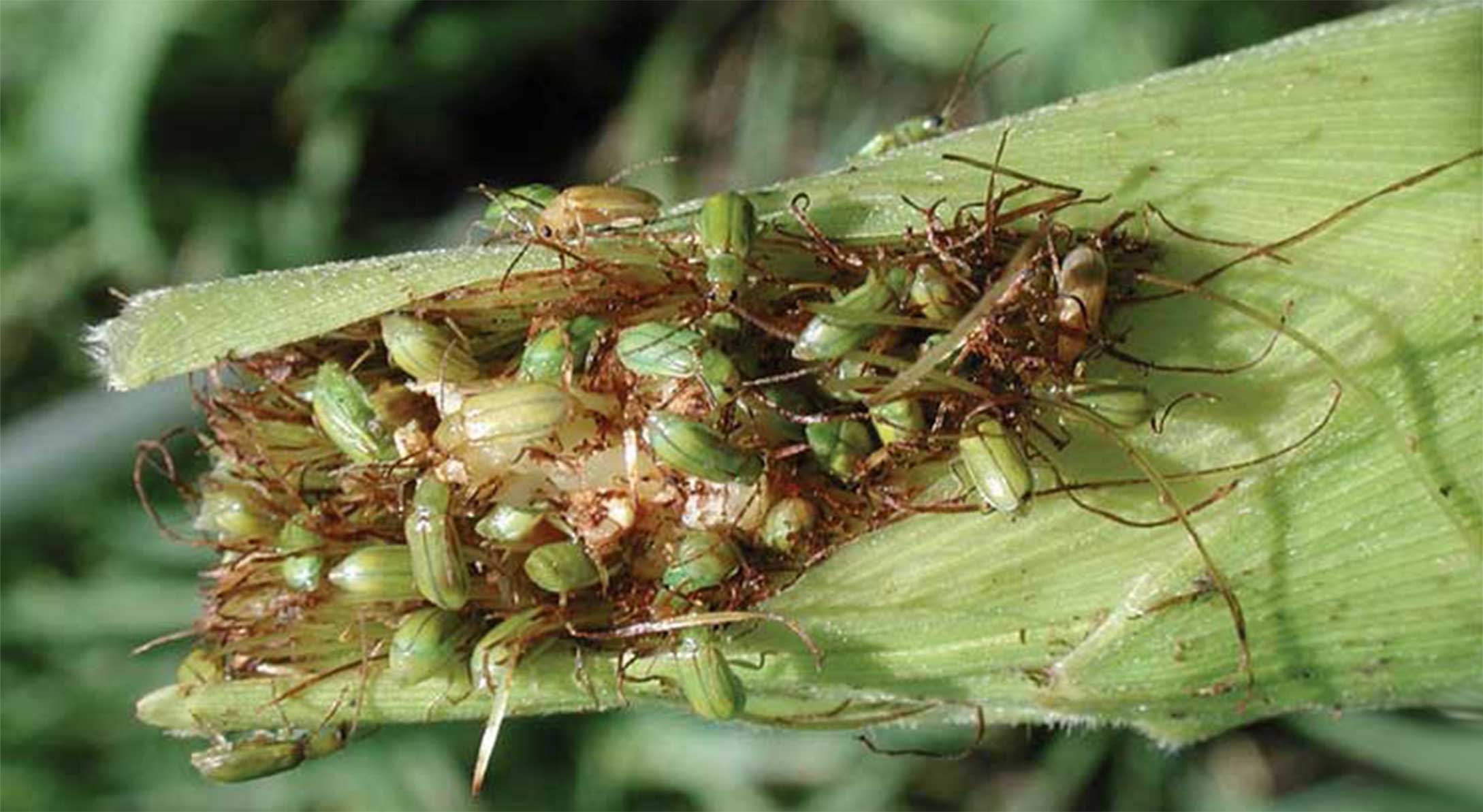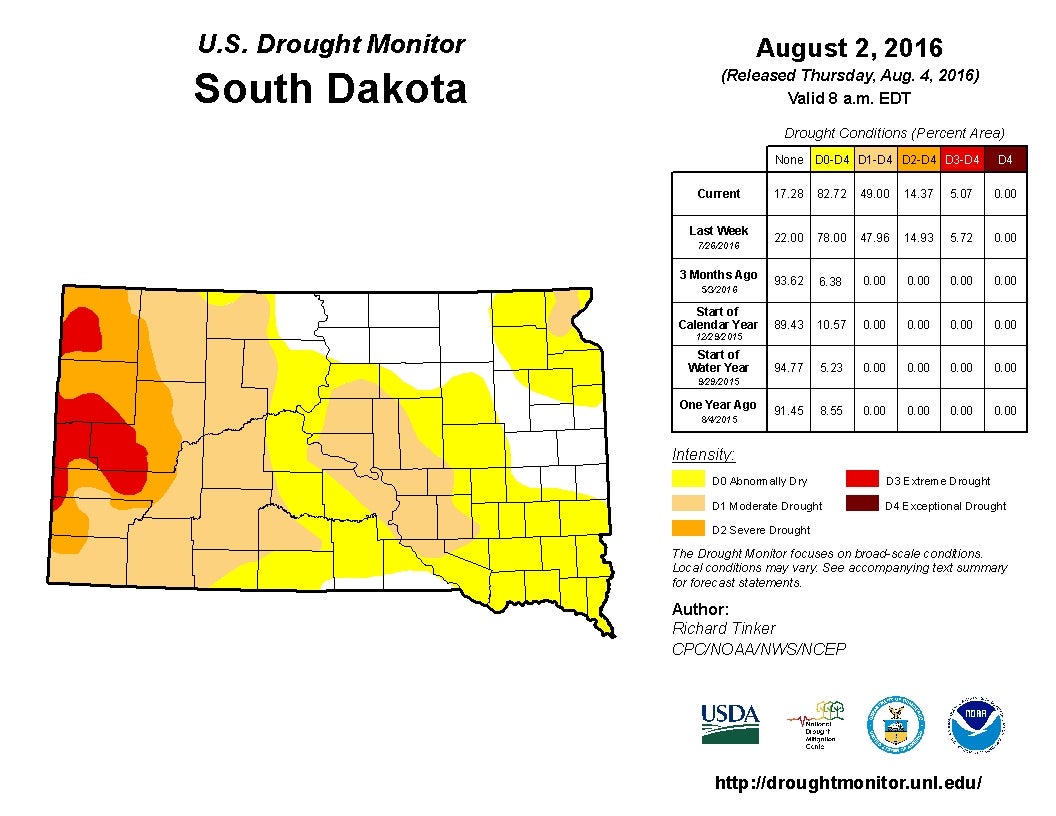Search

Wheat Streak Mosaic of Wheat
Fact sheet about symptoms, disease cycle, risk factors and management of Wheat streak mosaic disease

Goss's Bacterial Wilt and Leaf Blight of Corn
Fact sheet for identifying Goss’s bacterial wilt and leaf blight of corn, also known
as bacterial leaf freckles and wilt.

Crown Rust of Oats
Fact sheet on Crown Rust of Oats for agronomist and growers.

Northern and Western Corn Rootworm in South Dakota
Fact sheet on Northern and Western Corn Rootworm in South Dakota

Best Management Practices for Sunflower Production
This is your unbiased, research-based guide to sunflower production, providing the latest recommendations to help increase yield, reduce input costs and protect your investment.

Livestock Vaccines: How They Work and How to Ensure They Do Their Job
Fact sheet about vaccine basics and tips to maintain vaccine viability for cattle producers.

Noxious Weeds of South Dakota
Pictorial reference guide of noxious weeds in South Dakota

Is Agritourism for You?
Do you like people and wish to provide educational or entertainment opportunities that showcases your farm or ranch? If so, agritourism is an opportunity you may wish to explore!

Sheep Facilities and Moisture
Fact sheet for keeping a barn comfortable and dry to increase lamb survival.

Water Conservation and Efficiency During Times of Drought
As drought conditions continue to expand across the state this year, more thought is given towards South Dakota’s limited water resources. We live in a state where weather conditions and rain patterns seem to comfortably exist at the extremes; we either have way too much or nearly not enough. While this isn’t always the case, it is important to keep in mind that our water resources are finite and all of us should be thinking about doing what we can to protect them.